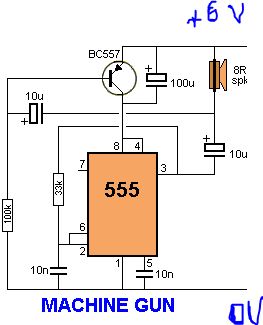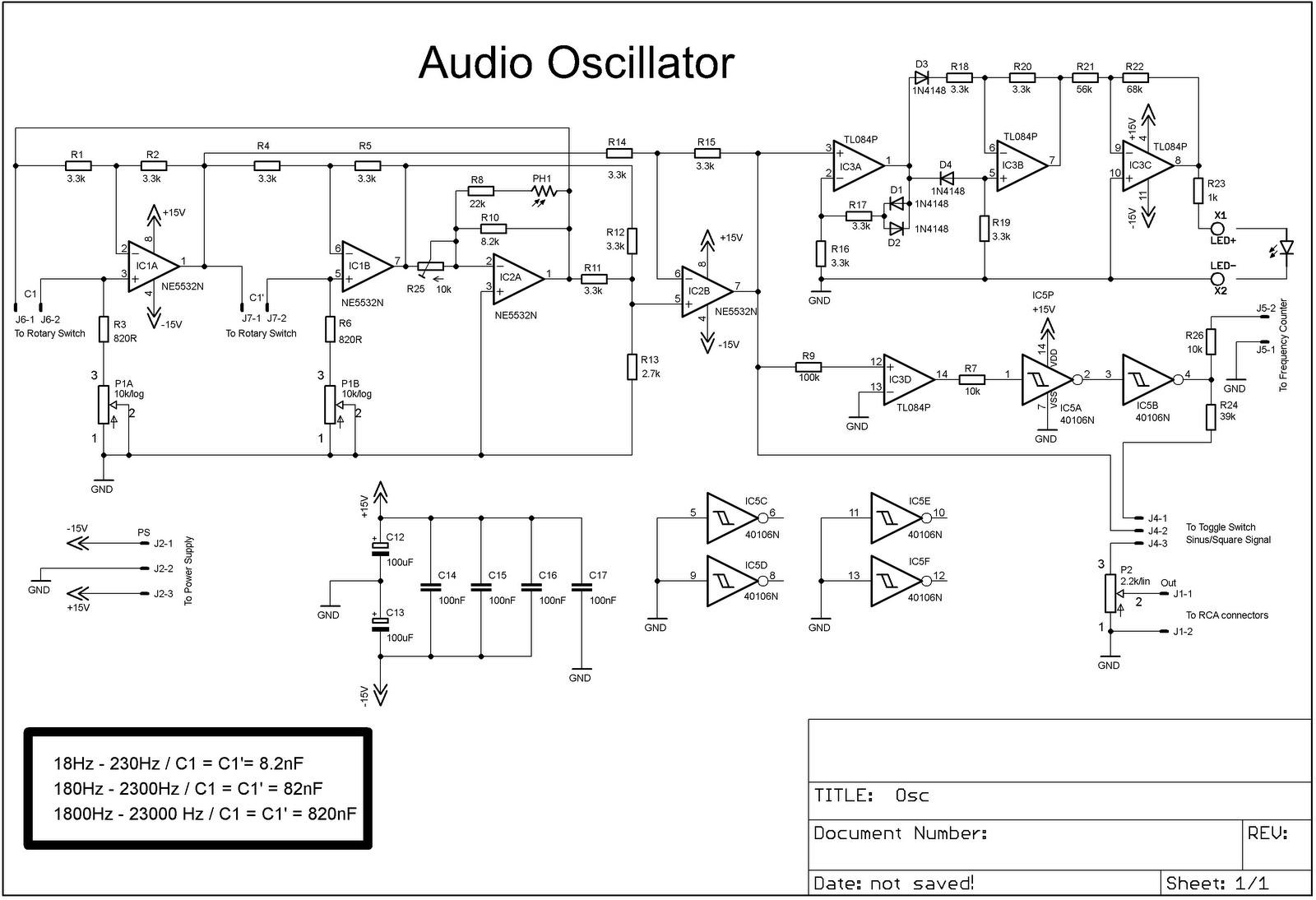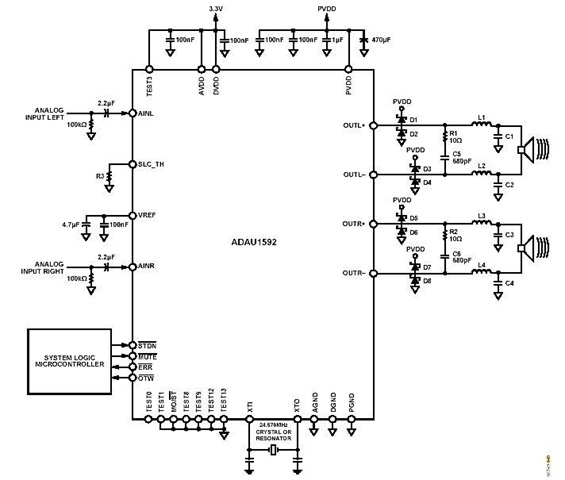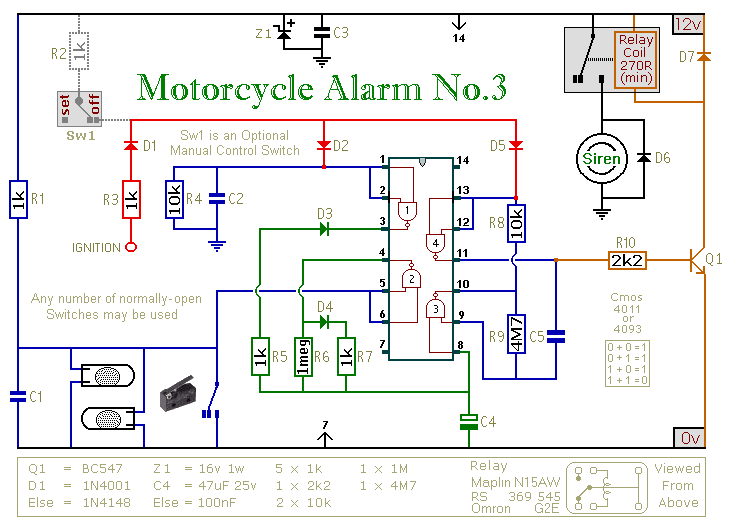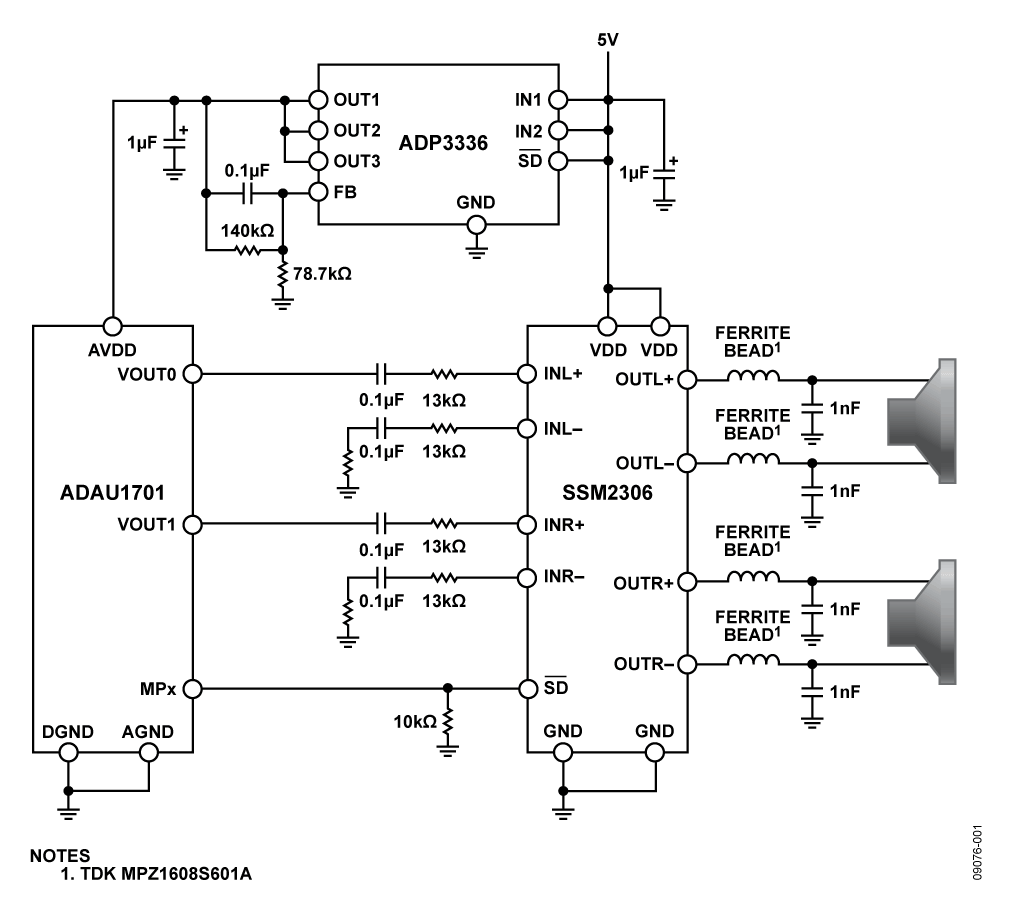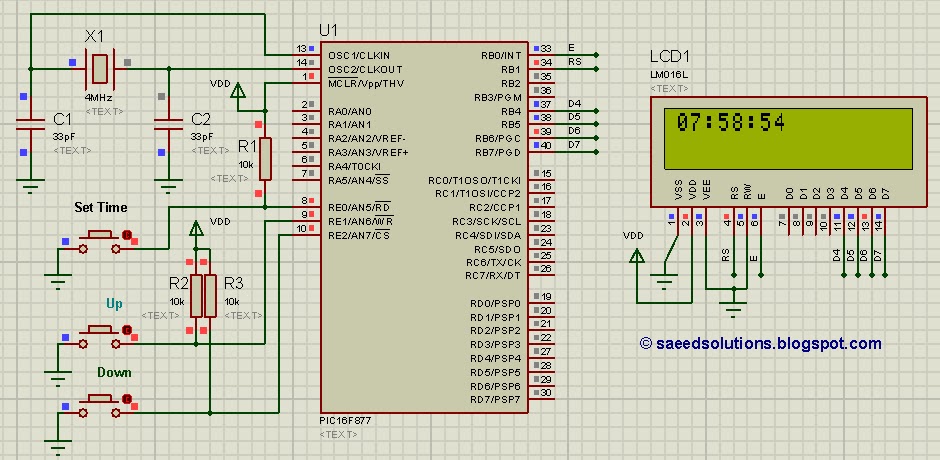
How to Hack Your Sifteo Base for Bigger Audio
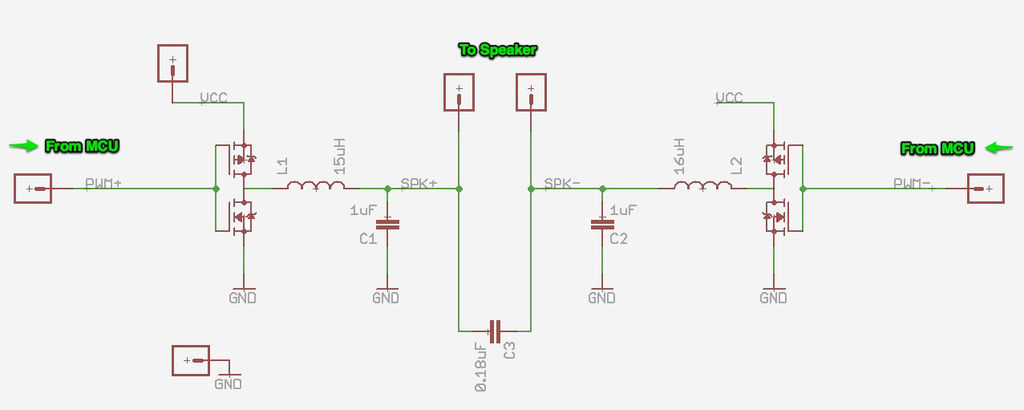
If further information is desired regarding the circuit that powers the Sifteo Base audio, please continue reading. Otherwise, feel free to proceed to the next step.
The Sifteo Base audio circuit is designed to provide audio output for interactive gaming experiences. The circuit typically includes an audio amplifier, a digital-to-analog converter (DAC), and various passive components to ensure optimal sound quality.
The audio amplifier is responsible for boosting the audio signal to a level suitable for driving speakers or headphones. It may utilize a Class D amplifier design for efficiency, which minimizes power loss and heat generation. This is particularly important in portable applications where battery life is a concern.
The DAC converts digital audio signals from a microcontroller or digital signal processor (DSP) into analog signals that can be amplified and output through speakers. The choice of DAC can significantly affect the audio quality, with higher-resolution DACs providing clearer and more detailed sound reproduction.
Additional components such as capacitors and resistors are utilized to filter the audio signal, eliminate noise, and manage power distribution. Proper layout and grounding techniques are essential to minimize interference and ensure a high-fidelity audio experience.
Overall, the circuit is engineered to deliver a seamless and engaging audio experience for users, enhancing the interactive capabilities of the Sifteo Base.Note: If you would like to learn more about the circuit that powers the Sifteo Base audio read on! Otherwise feel free to skip to the next step. Our.. 🔗 External reference
The Sifteo Base audio circuit is designed to provide audio output for interactive gaming experiences. The circuit typically includes an audio amplifier, a digital-to-analog converter (DAC), and various passive components to ensure optimal sound quality.
The audio amplifier is responsible for boosting the audio signal to a level suitable for driving speakers or headphones. It may utilize a Class D amplifier design for efficiency, which minimizes power loss and heat generation. This is particularly important in portable applications where battery life is a concern.
The DAC converts digital audio signals from a microcontroller or digital signal processor (DSP) into analog signals that can be amplified and output through speakers. The choice of DAC can significantly affect the audio quality, with higher-resolution DACs providing clearer and more detailed sound reproduction.
Additional components such as capacitors and resistors are utilized to filter the audio signal, eliminate noise, and manage power distribution. Proper layout and grounding techniques are essential to minimize interference and ensure a high-fidelity audio experience.
Overall, the circuit is engineered to deliver a seamless and engaging audio experience for users, enhancing the interactive capabilities of the Sifteo Base.Note: If you would like to learn more about the circuit that powers the Sifteo Base audio read on! Otherwise feel free to skip to the next step. Our.. 🔗 External reference
